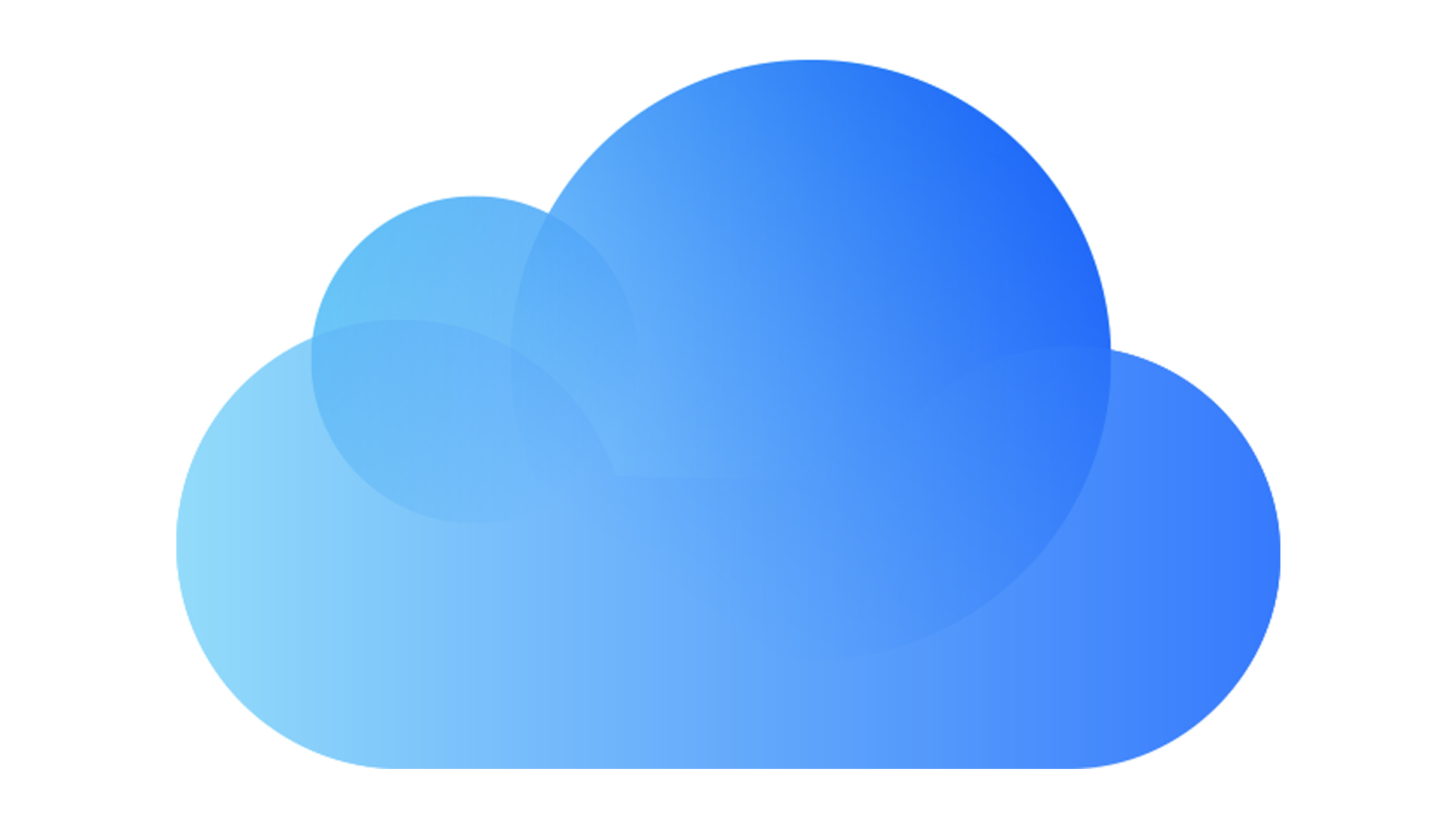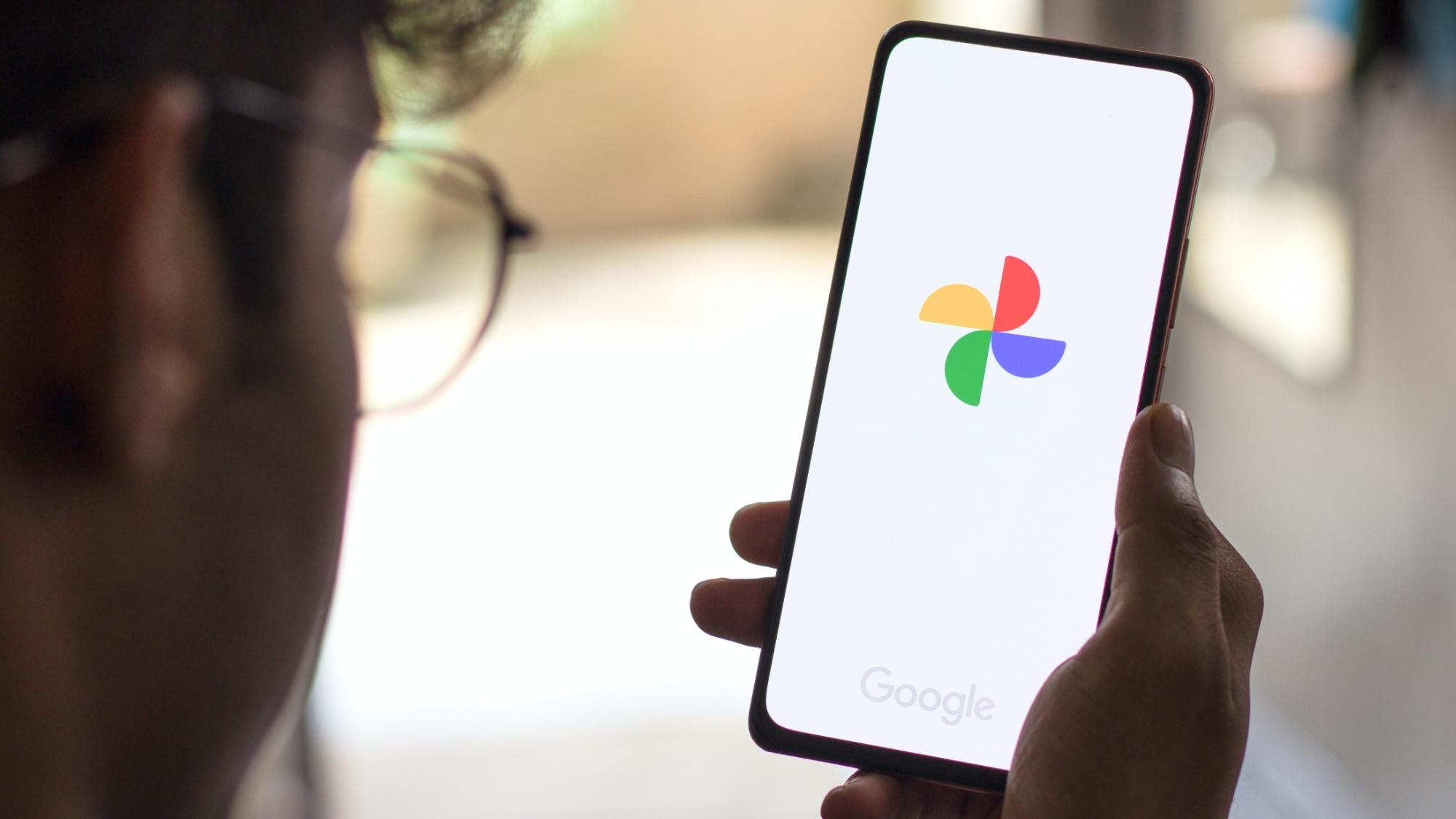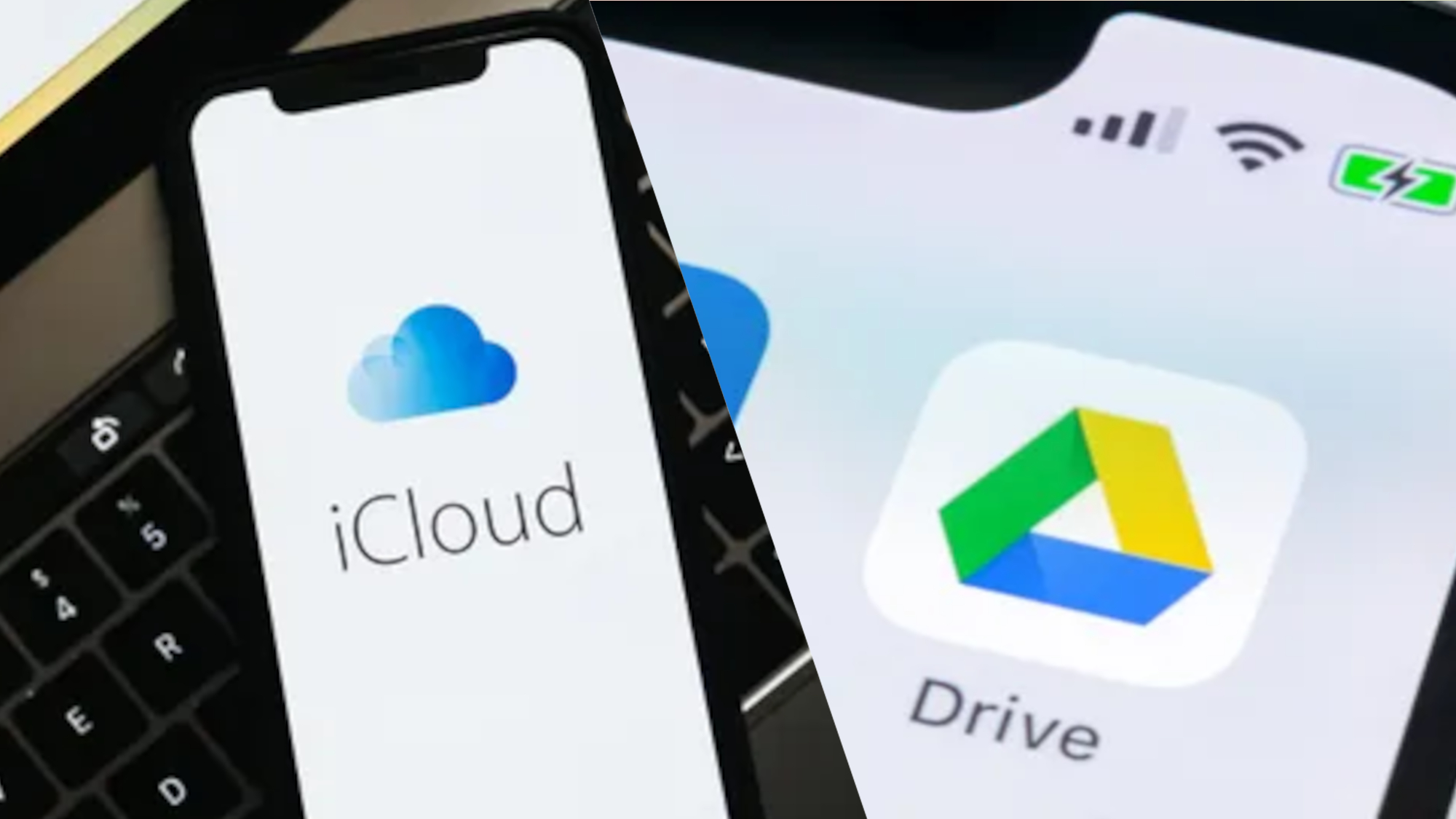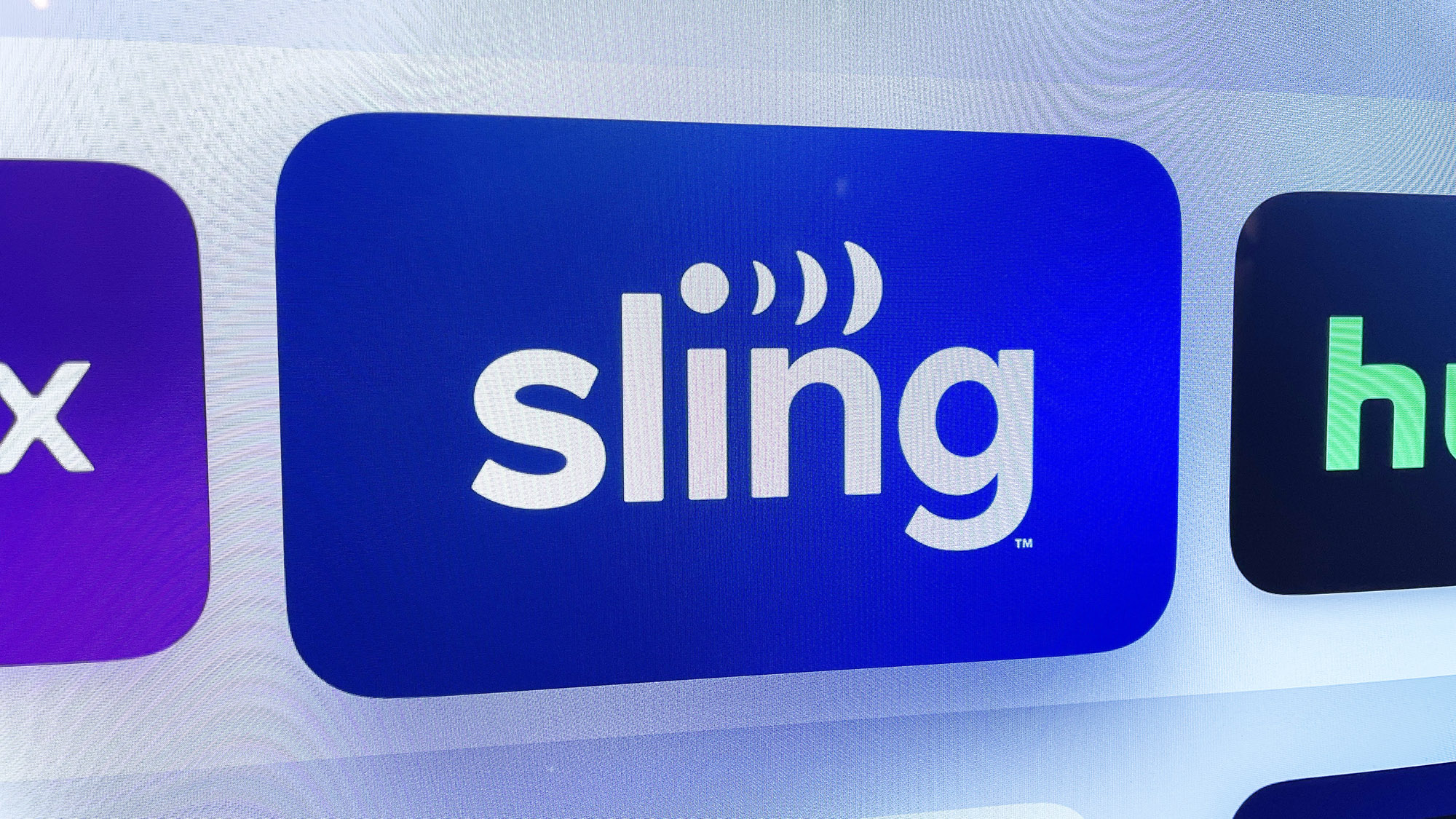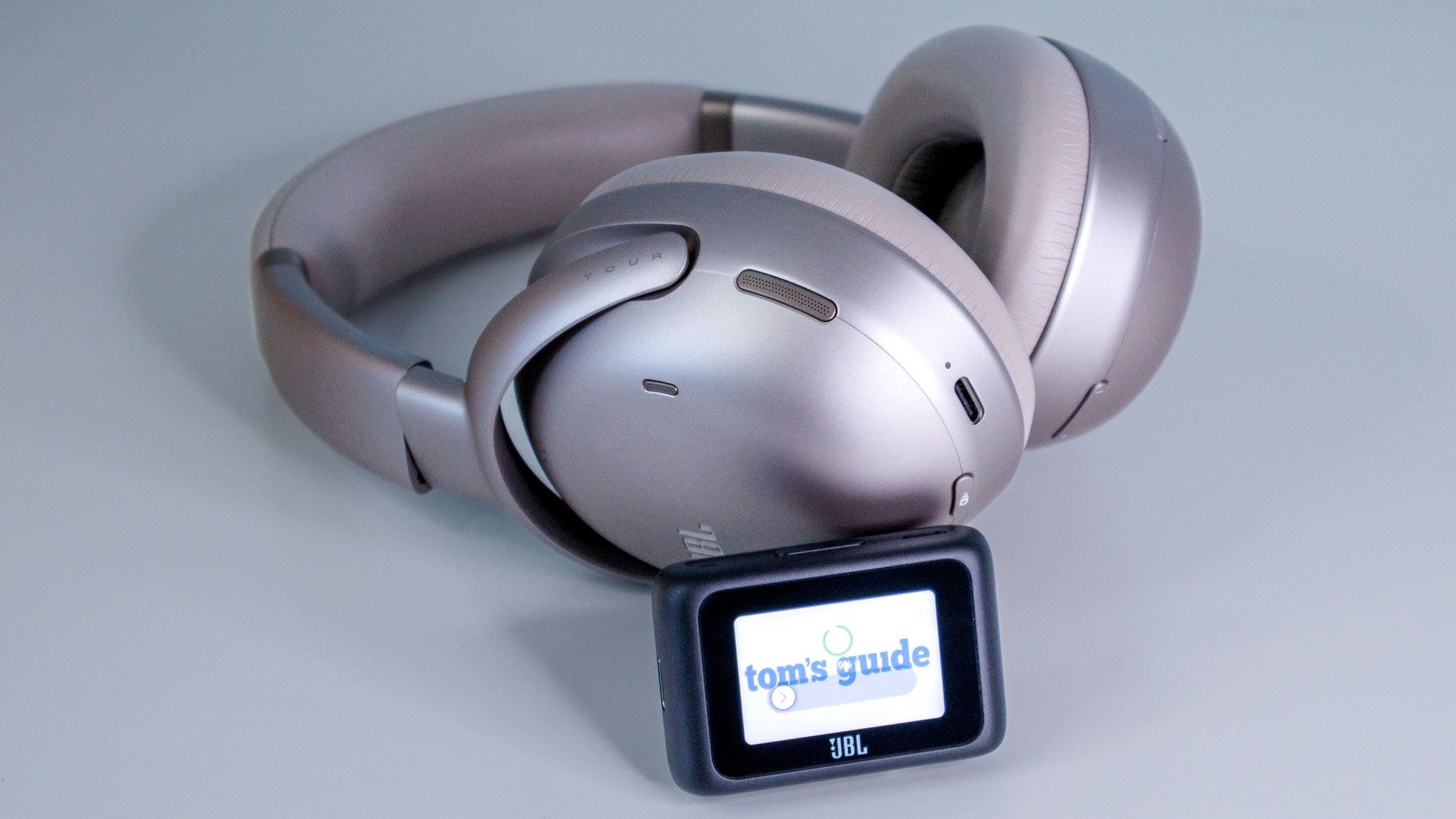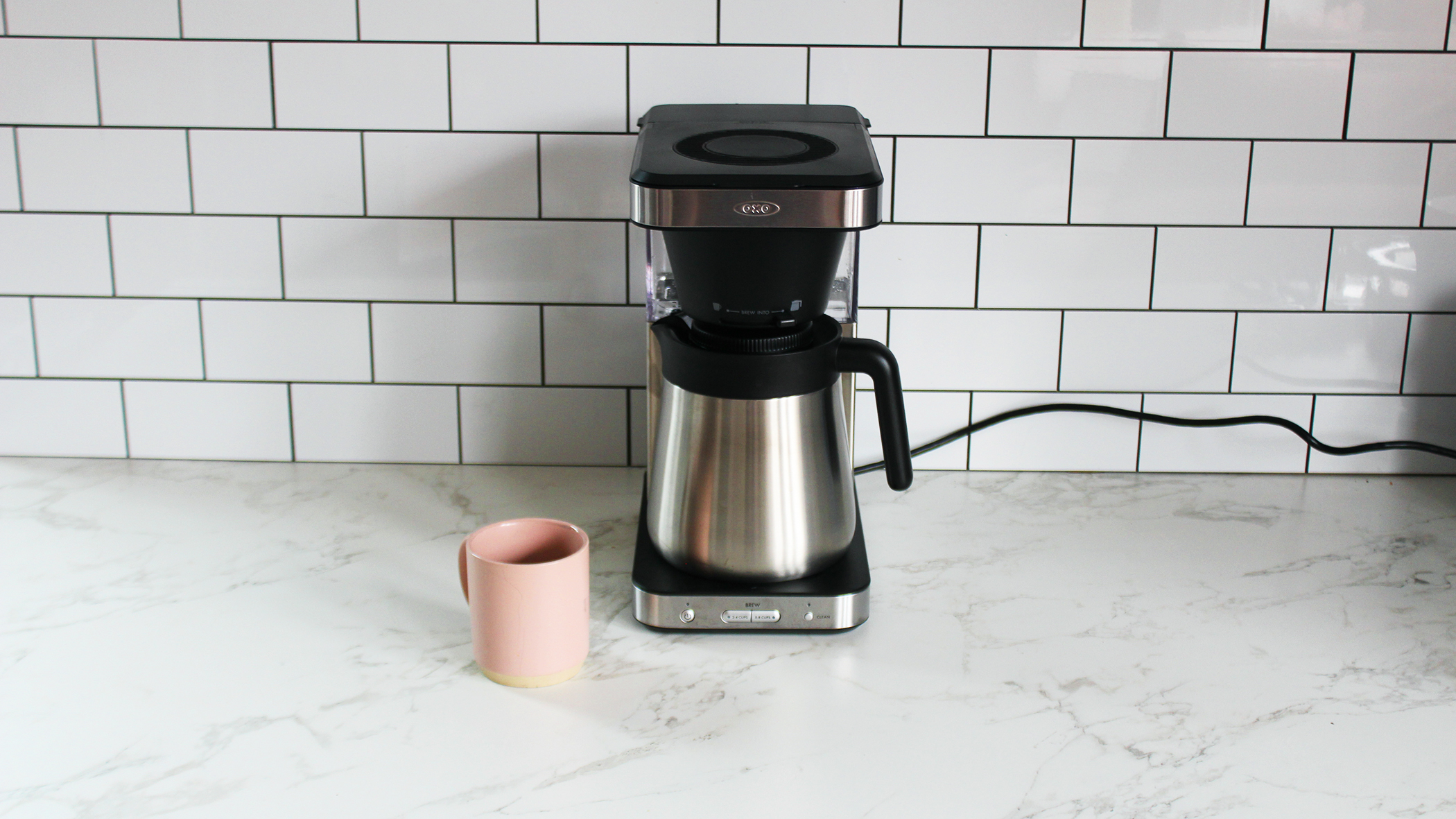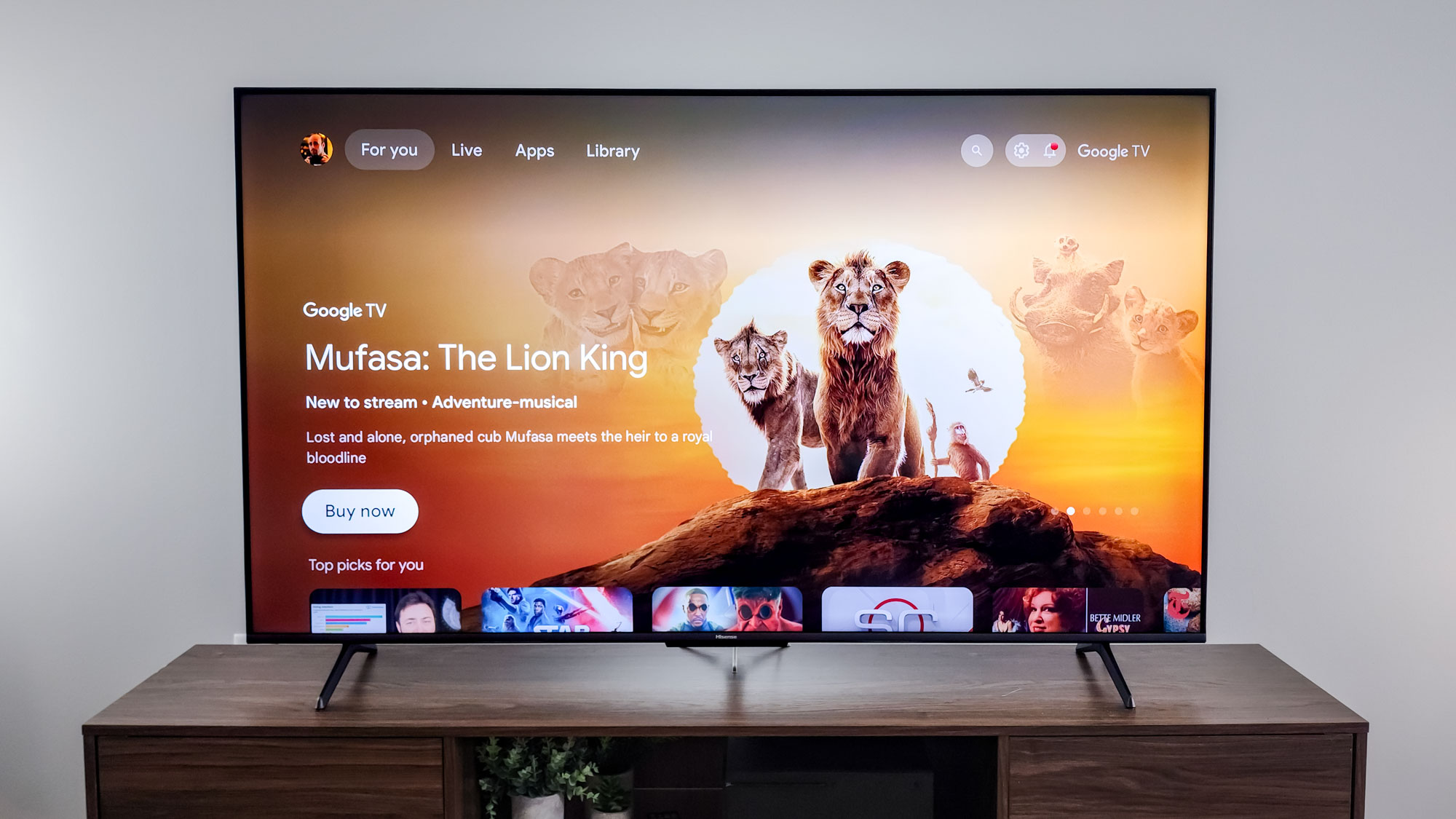Tom's Guide Verdict
For those who are part of Apple’s ecosystem, iCloud’s storage and seamless syncing will make life easier. However, it lacks a few essential features that other cloud storage services offer.
Pros
- +
Excellent interface
- +
Seamless integration with the Apple ecosystem
- +
Highly secure
Cons
- -
No search function for photos on iCloud web
- -
Apple ID required to view files shared on iCloud
Why you can trust Tom's Guide
Apple has a history of launching innovations that influence the world’s technological trends, including the Mac, iPod, and iPhone. But how good is iCloud, Apple’s cloud storage service?
In this iCloud review, we look at various aspects of the app, from pricing and features to support and security to see how iCloud compares to the best cloud storage providers.
iCloud: Plans and pricing
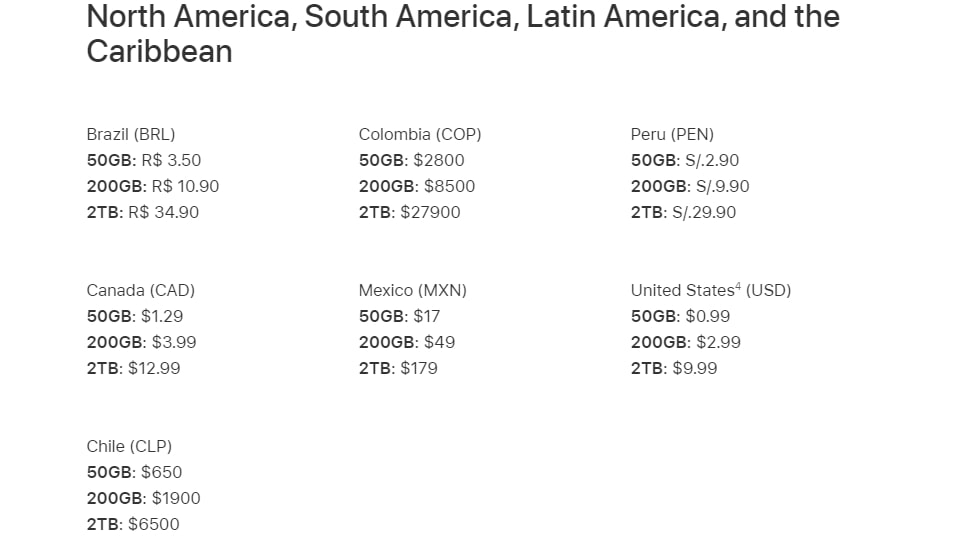
If you’re the owner of an iPhone, iPad, iPod touch, or Mac, you’ll have access to all of iCloud’s features. You’ll also receive 5GB free. If you don’t have one of these devices, however, you’ll get a meager 1GB for free.
The paid plans begin at $0.99 for 50GB, $2.99 for 200GB, and $9.99 for 2TB. There’s also the Apple One service that starts at $14.95 a month, and gives you 50GB and access to other digital services from Apple, like Apple Music, tv+, and Arcade.
The Apple One plans are cost-effective for those who extensively use Apple’s digital services, but if you only want storage, you’d be better off with the company’s traditional storage offerings.
iCloud: Features
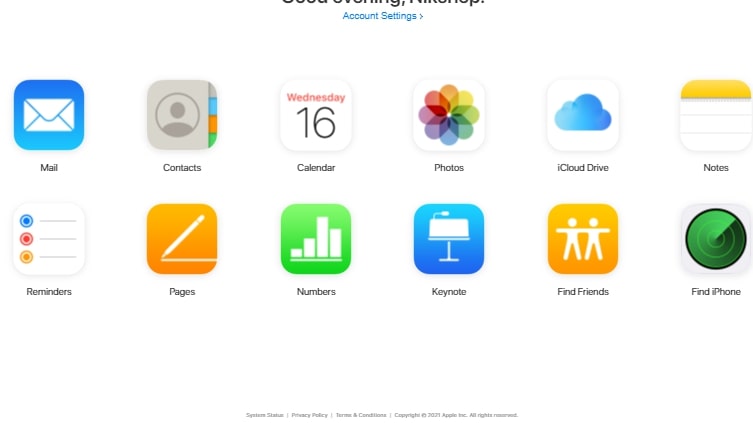
Apple is renowned for its thoughtful approach to design, and this applies to iCloud too. Let’s take a closer look at a few of its features.
iCloud Photos automatically backs up and stores all your media, and keeps it updated across your Apple devices. The original, full-resolution media is uploaded to the cloud to save space, while the lightweight versions are maintained on your device. It's worth finding out how check if your iCloud storage is full regularly.
You can share media with an iCloud link or Shared Albums, but an Apple ID is necessary to view the shared files. Also, while the media is well-organized, there's no search functionality for Photos on the iCloud web app.
With iCloud Drive, Apple gives a face to its cloud storage service. On iOS, the drive is known as Files, while on macOS and Windows, it’s known as iCloud Drive.
You can upload all types of files to the drive and preview, save, share, and access them from a web browser or other devices hooked to the iCloud. The storage folder updates as soon as you make changes to it, so modifications will reflect across all your devices.
For certain apps, like Notes and Pages, iCloud enables user collaboration. Up to 100 people can view and edit these applications simultaneously. You can also communicate with other users with the comments thread while editing a document.
However, iCloud’s real-time editing isn’t that responsive, and the interface doesn’t reveal who’s typing—it only shows a triangle with the color tag of the user who made the edit.
iCloud: Interface and in use
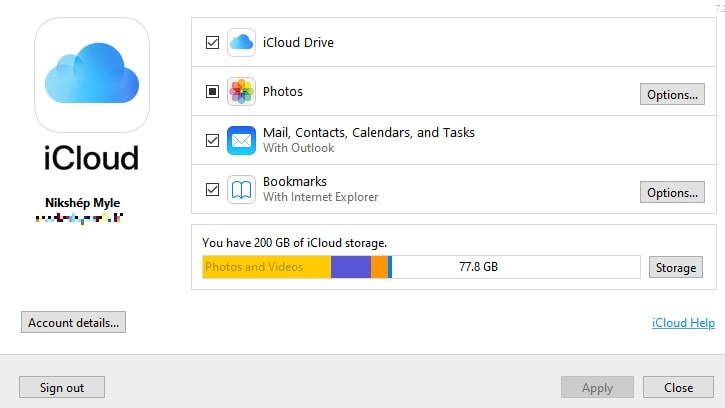
The iCloud interface is so tightly integrated with the rest of Apple’s ecosystem, you may not even notice how smoothly all your applications and data are syncing.
On Apple devices, applications will be hooked to iCloud by default. On Windows, you’ll need to download the iCloud app for file backup. On a Mac, you can sync your Desktop and Documents to iCloud directly.
Setting up iCloud is quite simple for Apple users. On iOS devices, open "Settings" and sign in with your Apple ID. Then, head to the "iCloud" section, and choose what apps should be backing up to iCloud. The process is similar on macOS devices.
There’s no iCloud app for Android, but you can use the device’s web browser to access the iCloud web client. Its interface is easy to use, but lacking because it doesn’t offer search functionality across applications. However, it just got an overhaul from Apple that is currently in beta testing.
iCloud: Support
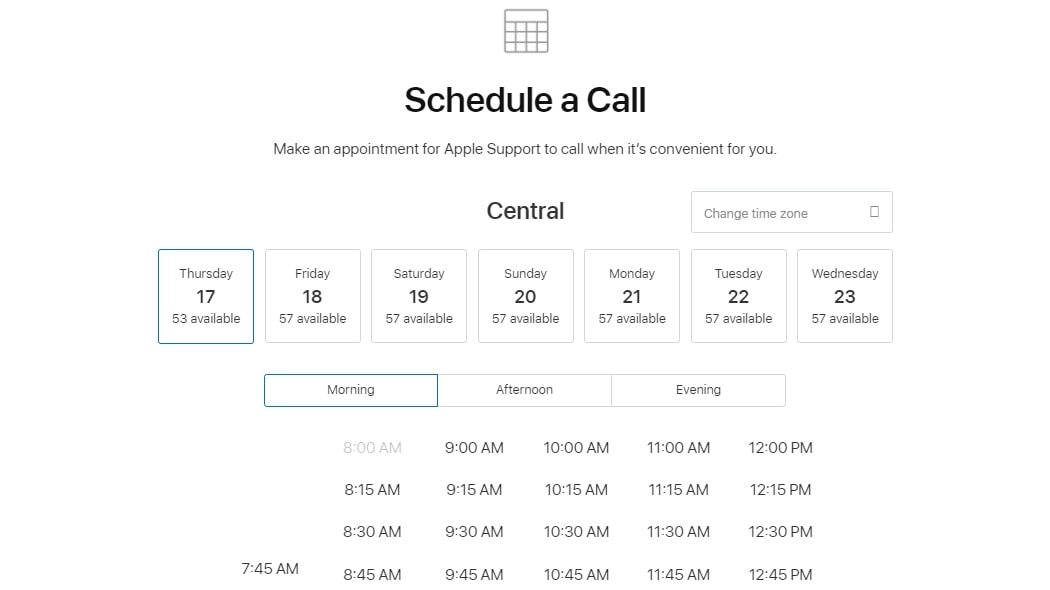
Apple is an industry leader, so you can expect excellent support. iCloud’s knowledge base is extensive, with clear instructions on hundreds of topics, and it has an active community forum.
If you have an Apple ID, you can schedule a call with an expert. There is 24-hour online chat support available for most topics. In our testing, the chat advisors were quick to respond. Irrespective of the iCloud subscription plan that you’ve chosen, you’ll receive the same quality of support.
iCloud: Security
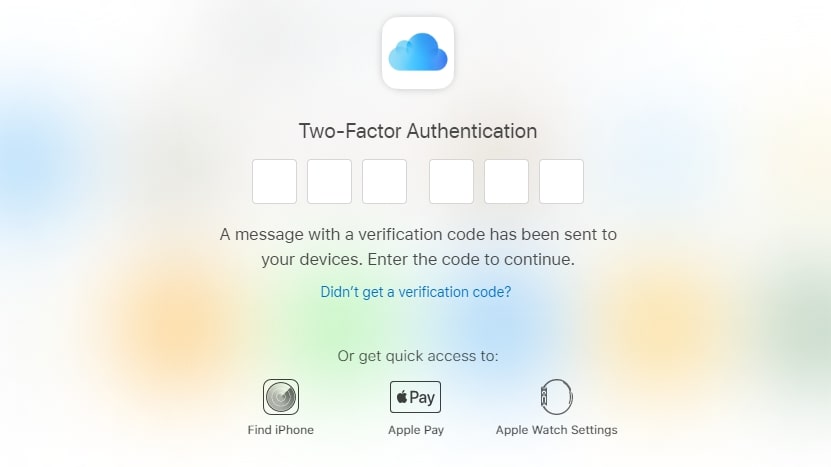
Stringent security measures can make a service less convenient for users, but with iCloud, Apple balances user convenience and safety. It employs two-factor authentication to massively boost account security on iCloud.
This requires two sets of information to log in: your Apple ID password and a six-digit verification code that’s sent to your trusted device, like your iPhone or iPad. User data on Apple’s servers is encrypted, and sensitive data is end-to-end encrypted for maximum security.
So, even if someone gets their hands on your data, they will not be able to access it without the key.
Alternatives to iCloud
Most of Apple’s apps and services are designed exclusively for devices in the Apple ecosystem, and iCloud is no different. But if you’re not an Apple user, you have better options, like Google Drive or Microsoft OneDrive.
These storage providers offer better file sharing, syncing, searching, and collaboration options. With its super-advanced search engine, Google Photos blasts ahead of Apple in terms of convenient image search and organization.
At $99.99 a year, OneDrive offers 1TB per person (and you can add up to six people) and access to Microsoft 365 apps. Google Drive also has a discounted annual payment option, which iCloud doesn’t.
iCloud: Final verdict
Well-designed and subtly integrated into the Apple ecosystem, iCloud brings intuitive cloud storage to users. It connects and backs up all your device applications smoothly.
However, you can only make the most of iCloud if you’re an Apple user. While Windows users have a few options, there’s no iCloud app for Android users.
iCloud does offer a great balance of convenience and security, and Apple users will enjoy the file-syncing and storage capabilities. But for others, there are better cloud storage options, like Google Drive.

Nikshep Myle is a freelance writer covering tech, health, and wellbeing. He has written for popular tech blogs like TechRadar, GadgetReview, SlashGear, and Creative Bloq, and has extensively reviewed consumer gadgets. When he’s not writing, you’ll find him meditating, gaming, discovering new music, and indulging in adventurous and creative pursuits.
